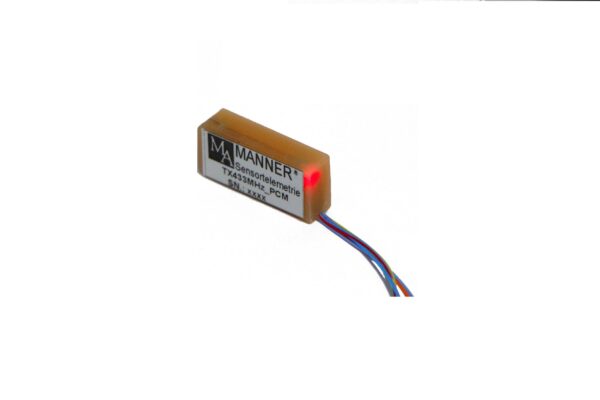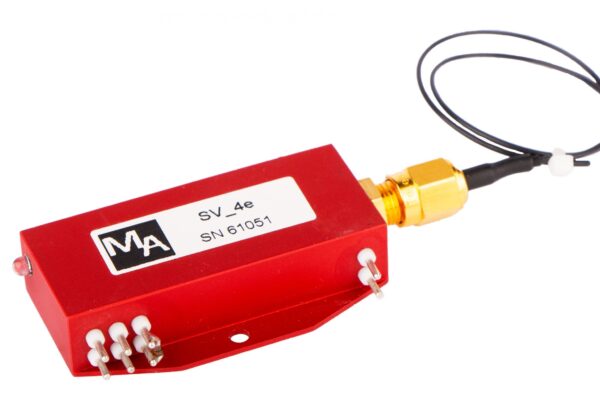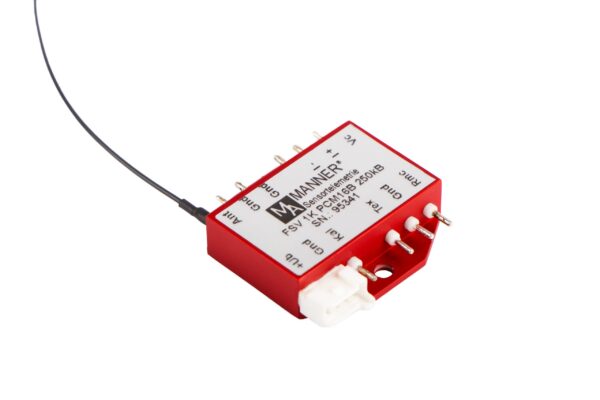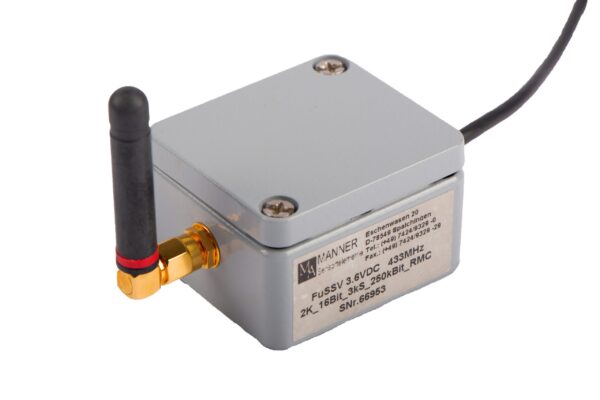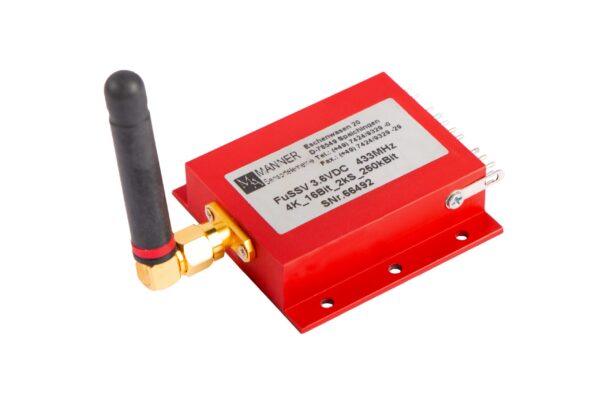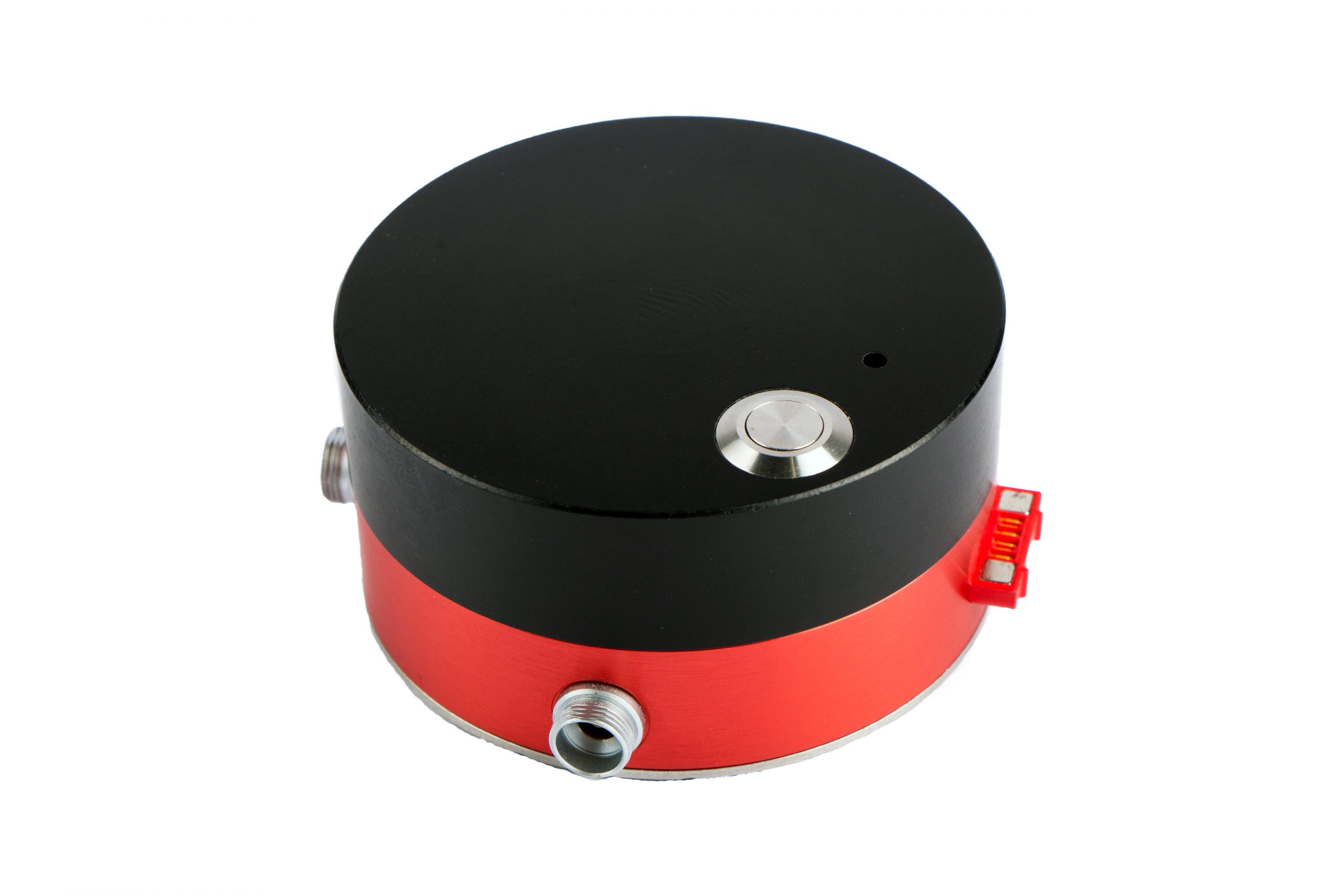The MANNER radio sensor telemetry was developed especially for rough use for measuring tasks with increased environmental requirements. In addition to the radio cell, the system consists of miniaturized measuring amplifiers which allow direct connection of strain gauges or thermocouples. The sensor signals are amplified, filtered against aliasing and digitized. The digital data are encoded and a security password (CRC) is generated. The data is then imprinted on the RF carrier using FM modulation.
radio and/or inductive. plug & play.
Dual Use Telemetry Kit – radio and/or inductive
Radio systems – data via radio (with optional inductive supply)
- The radio transmission eliminates any kind of cable connection.
- The integrated CRC data protection system detects and completely eliminates the usual sporadic transmission interference in radio transmission.
- The system is available with 1, 2, 4, 8 or 16 channels.
- For each channel a separate AD converter and power supply is available. If a sensor is short-circuited, there is no effect on the remaining measuring channels.
The company MANNER Sensortelemetrie has a further innovation in the proven radio sensor telemetry system.
Up to now it was only possible to condition the measuring amplifier when the rotor was at a standstill. This innovation now allows the conditioning of the measuring amplifier (zero and gain adjustment) even over longer distances. This new functionality gives the radio telemetry system the same flexibility as the inductive telemetry system.
A special variant now allows the optional transmission of measurement data both inductively and by radio. This combines the respective advantages of the different system types. As is well known, the battery-powered radio telemetry system is characterized by very simple handling, as there is no need to install a pickup and rotor induction loop. A special feature is that the system has a range of up to 50 m in battery operation. This is ideal for short-term so-called “quick and dirty” measurement tasks. Nevertheless, multi-channel signal bandwidths of up to 40 kHz can be realized. In contrast, the inductive sensor telemetry system is characterized by unlimited operating time and extreme robustness under difficult environmental conditions. Interferences are irrelevant. Depending on the application, one or the other system type is advantageous.
The new system can be used both for short-term measuring tasks using a battery and for long-term measurements with inductive supply with unlimited operating time. Measurement service providers therefore only need to carry one system type with extremely low weight in their hand luggage, making logistics and maintenance considerably easier. This means that even a system mounted for short-term measurement can be converted to long-term measurement in the simplest possible way if required.
As with the existing systems, the measured values are digitized with 16 bits and transmitted in a code-secured way. This guarantees, in addition to high accuracy, a high reliability despite radio transmission. The incoming measurement signals are of extraordinary quality. Signal interference is a thing of the past. Even the usual remote control with the sensitively adjustable measuring ranges and autozero are still available. In any case, the measurement data is transmitted digitally without loss of accuracy and made available for further processing in analog form or via the CAN bus, USB, EtherNet or EtherCat interfaces. This means that a measurement service provider is optimally equipped for all tasks with one hardware.
The MANNER radio-based wheel signal transmitter has now passed its baptism of fire. As part of further development, a special version for multi-channel temperature measurement on the wheel has now been developed based on thermocouples type K, measuring range -50 … 1000°C. The measured temperature values are already digitized at the rotor with 16 bits. The digitized values are transmitted by radio in time multiplex to the common, particularly compact receivers. The temperature data is transferred directly to the user system via the CAN bus interface. There is no more analog signal processing in the receiver. Each temperature channel has its own address, which ensures that the user can assign it. A special feature is the integrated data backup by means of checksum. Faulty temperature data is not passed on. This completely suppresses any interference signals caused by radio interference in the measurement recording. A further feature is the power-saving technology. The integrated rechargeable battery allows a measuring time of 300 hours without recharging. Optionally, the rotor transmission units are available waterproof with protection class IP67.
The coupling of the energy for recharging the battery is inductive. The temperature resistance from -35 to 120°C is particularly noteworthy.

